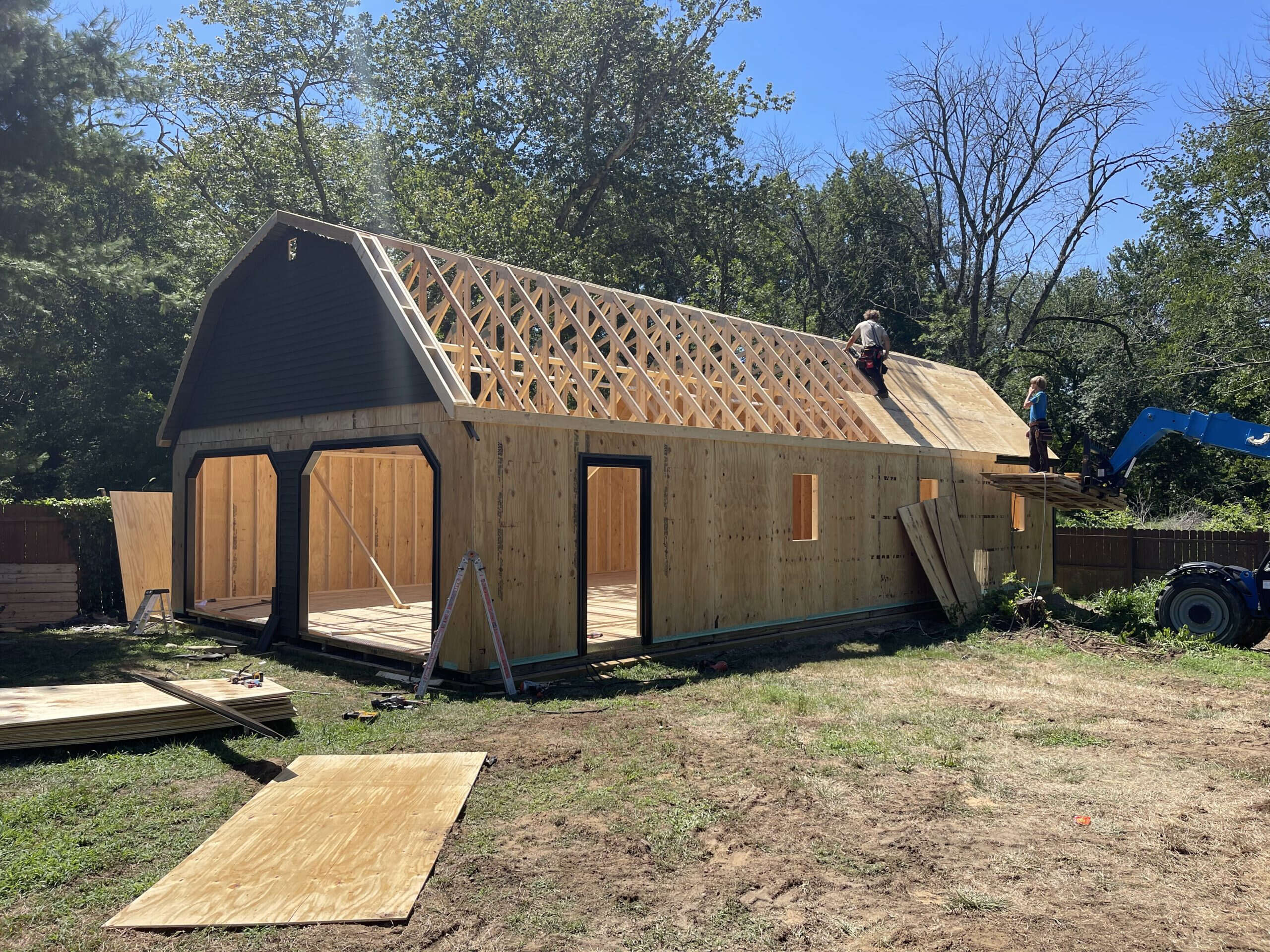
When planning to install a new garage on your property, it’s essential to understand the legal framework involved—especially in a state like New Jersey, where zoning laws and building codes vary by municipality. Whether you’re upgrading your outdoor space or considering combining your garage installation with sheds in NJ, knowing the local requirements can save time, money, and stress.
Understanding Local Zoning and Setback Requirements
Before you even pick a garage design, it’s crucial to understand your township’s zoning rules. Most municipalities in New Jersey have specific setback requirements—rules that dictate how far your garage must be from property lines, fences, and other buildings. Detached garages often have different rules than those attached to your home.
For instance, many towns require a minimum distance of 5 to 10 feet from property boundaries. Violating these rules may lead to denied permits or mandatory demolition.
Permit Requirements by Municipality
Each town or county in New Jersey may have different permit applications and approval processes. Some municipalities require you to submit:
- A detailed site plan
- Construction materials and layout
- Contractor license info
- Elevation drawings
These requirements also apply when you’re installing sheds in NJ, especially if they’re over 100 square feet or include electrical wiring.
HOA Approvals and Community Guidelines
If you live in a community governed by a Homeowners Association (HOA), you’ll likely need to secure separate approval from them as well. HOA restrictions may dictate everything from the color of your siding to the roofing material or garage placement. Make sure to coordinate your HOA review with your township permit application.
Size and Usage Restrictions
New Jersey municipalities often place restrictions on the height, footprint, and use of residential garages. For example, a garage intended solely for vehicle storage is treated differently than one designed for additional living or workspace.
You’ll need to declare whether your garage will include electric, plumbing, or heating—this changes its classification and inspection criteria.
If you’re also considering sheds in NJ as part of your outdoor expansion, remember that combining multiple structures can trigger new zoning considerations.
Utility, Drainage, and Environmental Considerations
Many towns require you to ensure the new garage won’t negatively impact water drainage or violate impervious surface limits. Some regulations include:
- Maintaining a safe distance from septic systems or well heads
- Installing stormwater management systems
- Avoiding tree removal without special permission
These environmental guidelines help protect your property and your neighbors’ homes from unintended flooding or structural damage.
Inspections and Enforcement
Once your garage is installed, building inspectors will likely conduct one or more site visits. Inspections typically cover:
- Foundation and structural integrity
- Roofing and drainage systems
- Electrical and plumbing installations (if applicable)
Failing an inspection or skipping the permit process altogether can lead to fines, removal orders, and major headaches.
Installing a Garage When You Already Have Sheds in NJ
If your yard already includes sheds in NJ, your local zoning board may count these toward your total structure limit or impervious coverage. Always notify your township if you plan to keep both structures or replace one with a larger garage.
Proper planning ensures both your shed and garage installations are legal and sustainable long-term.
Conclusion
Garage installations in New Jersey require more than just great design—they demand a solid understanding of local permits, zoning laws, and environmental considerations. Whether you’re installing a new garage or upgrading your existing sheds in NJ, taking the time to comply with legal requirements will keep your project on track and trouble-free.
Consult your local municipality, review your HOA rules, and work with professionals familiar with New Jersey’s unique building landscape. A little preparation now can lead to a seamless, successful garage installation later.
